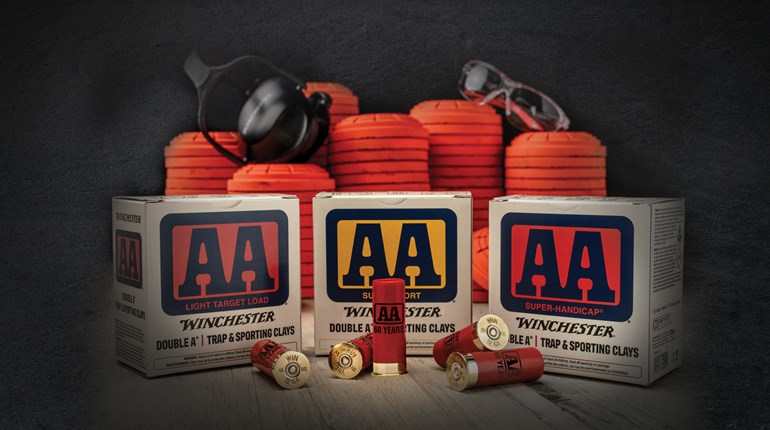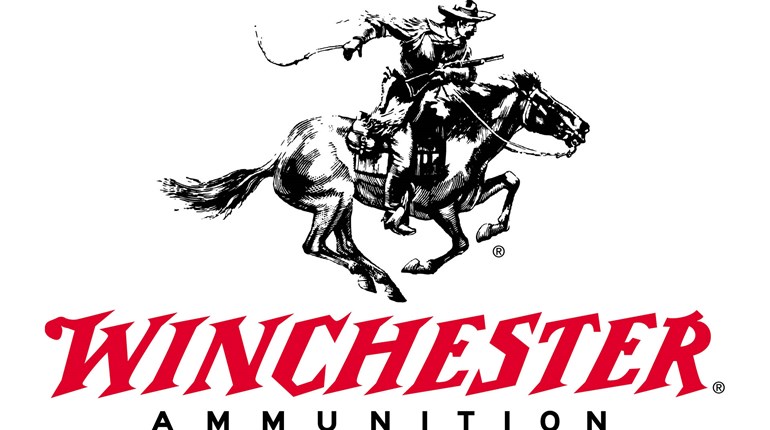
Shooters are drawn to rimfire cartridges primarily due to the per-shot costs being significantly less than those of comparable center-rifle rifle cartridges. However, their downfall is lackluster terminal ballistics—that is, until now. Winchester’s new economical .17 Winchester Super Magnum (WSM) cartridge defies convention, and in doing so handily becomes the highest-performance rimfire extant.
To achieve 3,000 fps. with a 20-gr. polymer-tipped projectile the company used an existing product as its platform—its own .27-cal. PAT round that’s used by the construction industry—think nailer. In comparison, the ever-popular .17 HMR attains only 2375 f.p.s. with a bullet of the same weight. Even the fastest option in the .17 HMR—2550 f.p.s. with a 17-gr. projectile—is still slower than the heavyweight offering—a 25-gr. bullet—in the .17 WSM. The result is significantly less bullet drop and wind deflection for the WSM; in fact, the numbers are less than half than those for the .17 HMR. With this, the additional velocity downrange results in more energy delivered on-target, as well as ensures reliable bullet upset.
A more fair comparison is the .17 Hornet, which was recently legitimized by Hornady after an extended period as a wildcat cartridge. The Hornet’s 3650-f.p.s. muzzle velocity with a 20-gr. bullet gives it a slight edge—an inch less drop and 1.7” less wind deflection—at 200 yds., but it does so at a significant increase in cost. Fifty .17 WSM cartridges will cost between $15 and $20, which is similar to the .17 HMR. The .17 Hornet, on the other hand, retails for $25.75 per 25 rounds.
What about accuracy? Field-testing the cartridge late last summer using a prototype Savage rifle, the groups at 100, 200 and 300 yds. measured 0.266”, 1.33 and 1.83”, respectively. Best of all, there’s no discernible recoil.
The .17 WSM not only changes the rimfire landscape, it stands to steal market share from popular center-fire cartridges. It changes things … for the better.
—Aaron Carter, American Rifleman Managing Editor




































